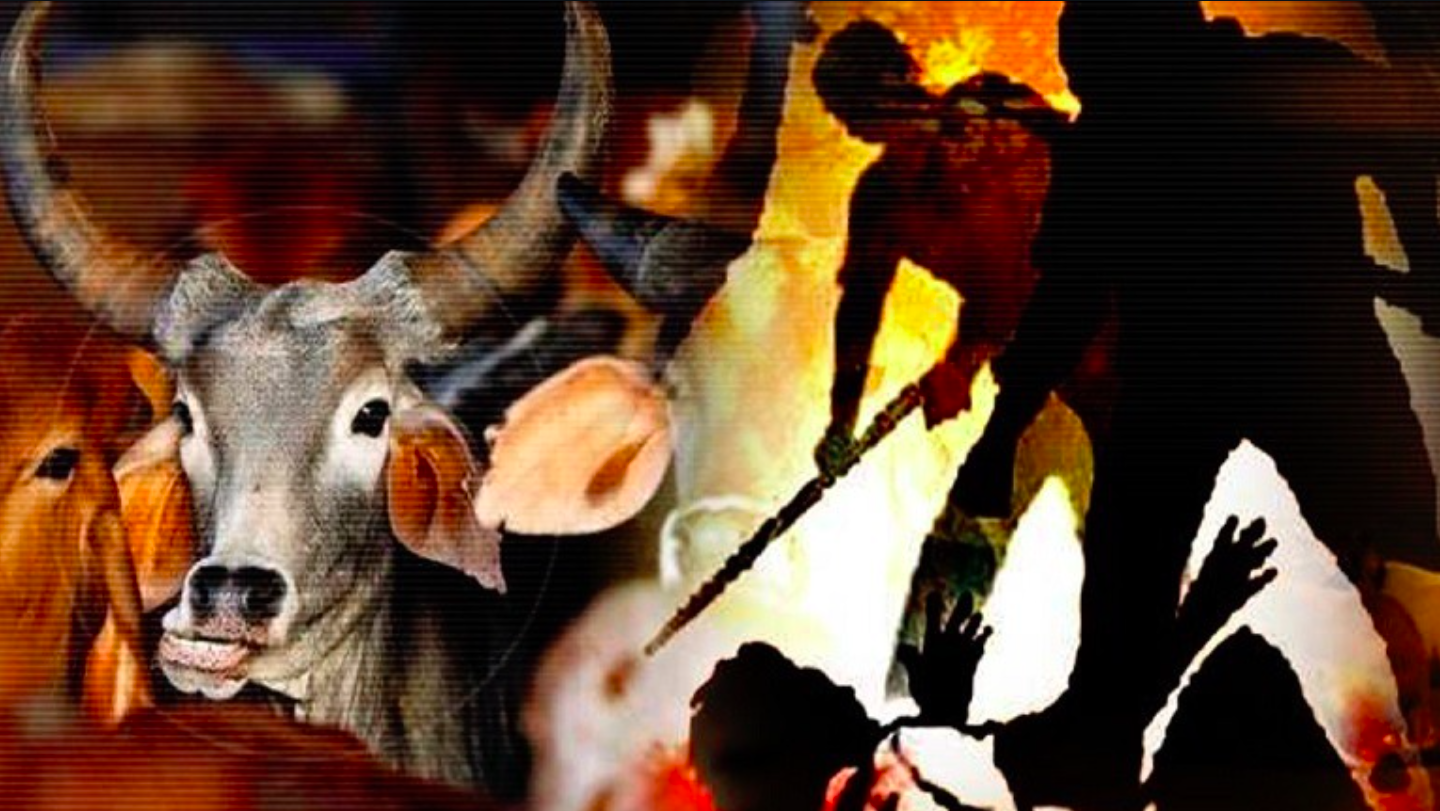The world has yet to seize on the increased spread of the coronavirus that has virally dispersed from the epicenter Wuhan’s wet market in the Republic of China to the rest of the world resulted in the death of 551,192 people out of the total 12,155,602 infected cases as of July 9. The world’s steady endeavours are yet to succeed in unveiling the mysterious therapeutic vaccine to eradicate the COVID-19 from the earth. Meanwhile, last Saturday, China once again has put the whole world on a high alert for the potential risks of its newly confirmed Bubonic Plague in Khovd Province.
The plague is brought into light by the Mongolian National Centre for Zoonotic Disease that has confirmed two brothers aged 27 and 16 with the plague infection in Khovd Province’s Bayan Nur city (900 Km east of Beijing). Earlier a couple from the region also died from the disease after they ate raw meat and kidney of Tarbagan or Mongolian marmots (Xinhua news agency). Till now, the Centre has confirmed more than 146 people who have come into first-hand contact with the infected patients. Further, the Centre has reaffirmed that over 504 people have come into second-hand contact with the patients in the infected region.
The Bubonic Plague, notorious as Black Death is caused by Yersinia pestis bacteria which live in rodent populations and cause to spread by fleas that had beaten the infected animals like marmot, rats, squirrels, and rabbits, etc. The disease has two other terrifying forms too that are septicemic plague and pneumonic plague. The symptoms of the patients infected with the plague are fever, abdominal pain, muscle aches, vomiting blood, fatigue, chill, and coughing. The plague is also symptomised by painful swollen lymph nodes or buboes, which are visible in an infected individual after a bacteria incubation period of one to seven days.
According to the Washington Post, ‘Black Death’ name comes from a Plague symptom: lymph nodes that become blackened after the infection. It is contagious and can be transmitted from people to people through human contact. In earlier days due to fear over the disease transmission from people to people through droplets, the raged things or even the dead body used to burn as a precautionary measure. The plague is so fatal that it takes even less than 24 hours for a young adult to death after its infection if left untreated.
The bubonic plague is not a new disease. Infamous as Black Death during the 14th century, the plague was also called as ‘blue sickness’ by the medieval people. This plague is one of the deadliest diseases in the history of human epidemiology with a case-fatality ratio of 30% – 100%. It had led to the death between 30% and 60% of the European population between 1347 and 1351. It was the most lethal plague that resulted in the death of 75-200 million people in Eurasia (Central or East Asia) and North America.
The first infected case was reported in Central Asia that is China in 1334 and later virally spread to its peripheral countries following the Silk Road. However, the plague has different waves that occurred with the lapse of time across different countries. During 19 century (1896) the plague has gripped over 12 million people in India. Again, in 1994, the plague (pneumonic plague) had infected more than 693 people and caused the death of 50 people. At that time, the infected cases were reported higher in Maharashtra, Gujarat, Karnataka, Uttar Pradesh, and Madhya Pradesh. In its next wave, in 2017 Madagascar had experienced this outbreak which resulted in 200-700 infected cases due to bubonic and pneumonic plagues. According to the Lancet, around 30 people had died from the plague in the country.
The World Health Organization (WHO) had reported that the plague caused more than 3248 people infected and resulted in the death of 584 people with the case fertility rate of 18 % between 2000 and 2015. According to Reuters, China had 26 infected cases and 11 deaths between 2009 and 2018.
If we retrospect the containment measures, it is on the surface that during the 20th century, when the plague reached Australia, the rats were amassed and killed. The professional rat-catchers were employed to exterminate the rat’s species in the country. This is similar to Egypt, hit hard by bird flu in 2009, and has ordered the slaughter of every pig herd in the country as a precaution against Swine Flu.
However, currently, at this time of Bubonic plague, a high-level alert and warning have put on in the infected Chinese areas of Inner Mongolia with stepping up the necessary intervention moves for the plague preventive and control measurements. The Bayan Nur officials have released a temporal ban on eating or hunting marmots in the western Mongolia region that historically reported the outbreak. The authorities have warned people about the dangers and appealed to report the information regarding the dead or sick marmots in the areas. A mandate for quarantine has also issued in Khovd Province to curb the further spread of the plague. The identified infected and contacted people are being quarantined and treated with the supportive public health care systems in the region. Besides, as a precaution measure, Russia has also suddenly put a restriction on eating marmots and traveling to contiguous areas. The country is patrolling with maximum alertness in the adjacent regions along with China, Mongolia, and Kazakhstan.
In closing, the University of Queensland virologist Ian Mackay writes in the Conversation, “new strains of flu do pop up from time to time and we need to be ready to respond when they do, watching carefully for signs of human-to-human transmission”. The contact tracing and community surveillance are urged to acknowledge culminating the high risk of human-to-human transmission. The general people should also ameliorate the self-protection and risk-safety health measures in the region. Additionally, the World Health Organization (WHO) has admonished the world for its massive unscientific and uncontrolled encroachment and fragmentation over the natural habitats and destroying the local ecosystem and biodiversity causing more danger to mankind and its immediate surroundings.
Nawaz Sarif is a Ph.D. scholar and a UGC fellow at the School of Education, North-Eastern Hill University (NEHU), Shillong.








